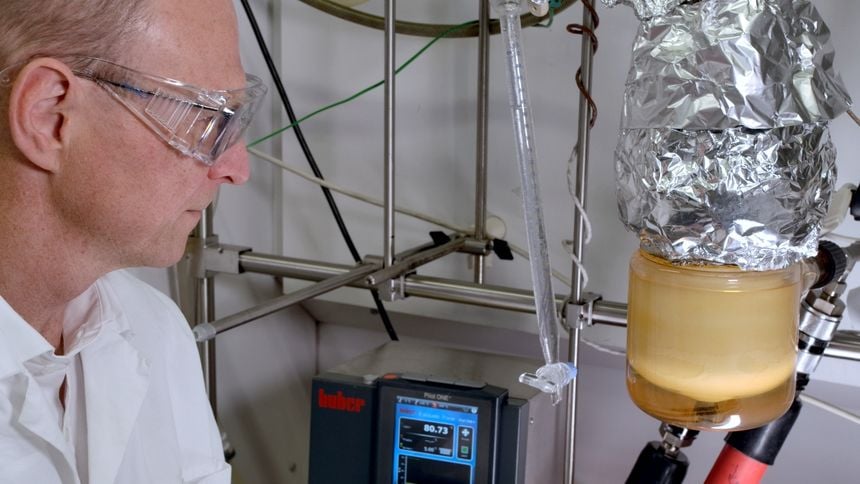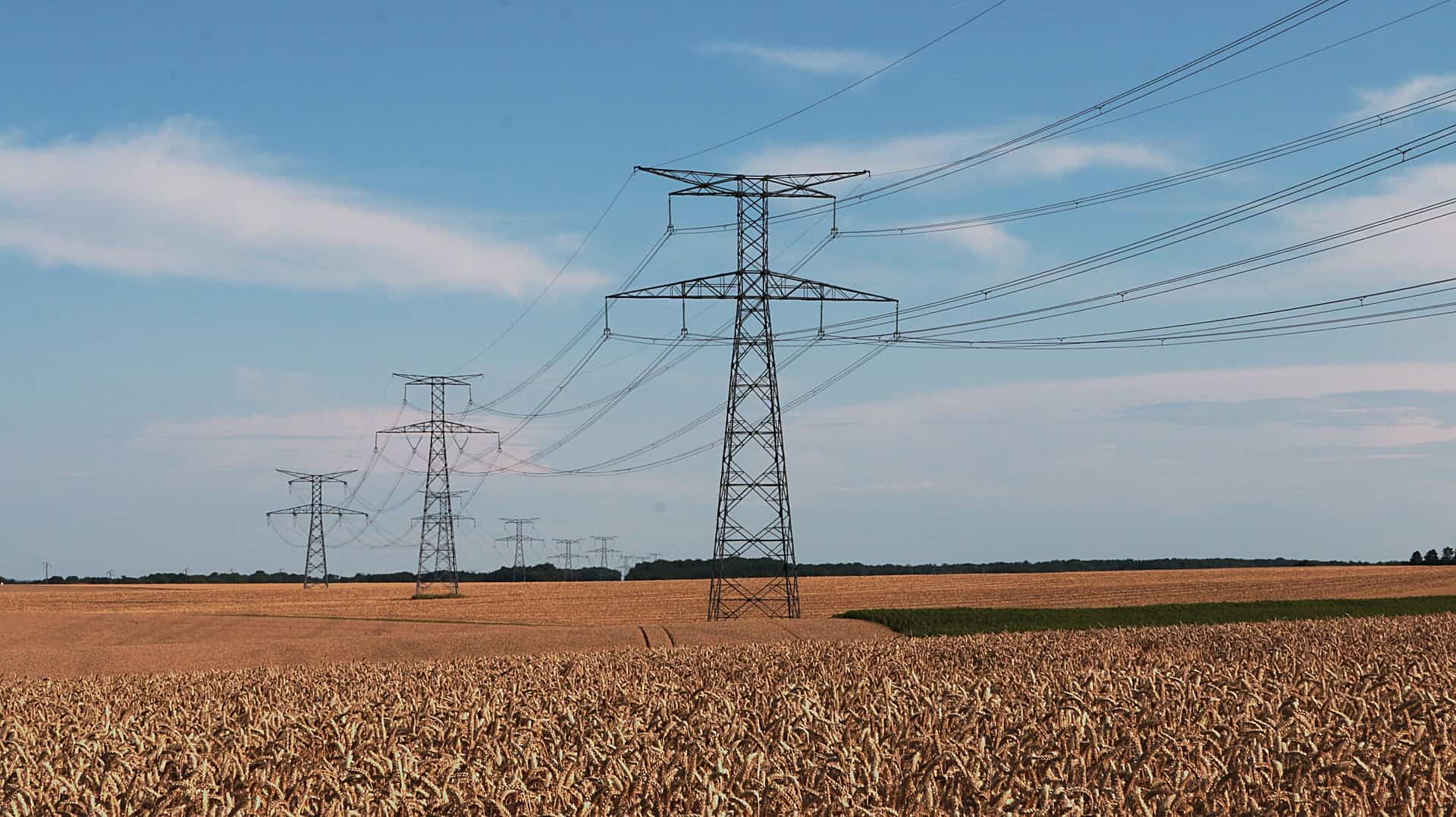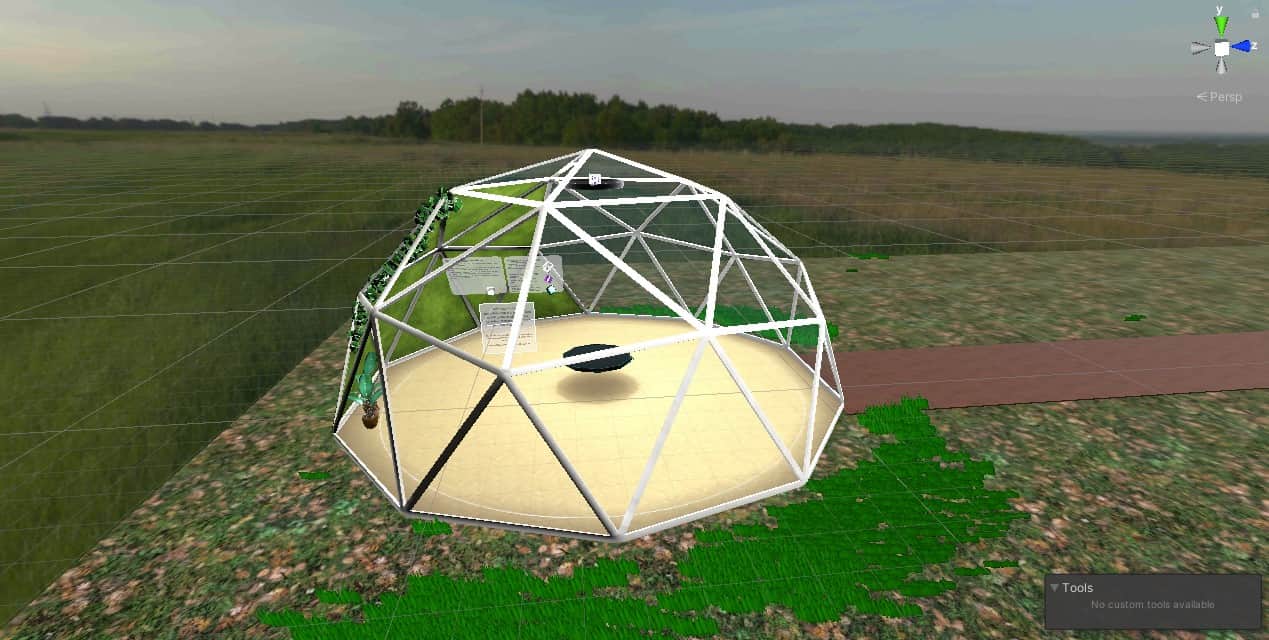
Rising global energy demand and climate change make the phase-out of fossil fuels inevitable – and current geopolitical developments call for rapid solutions. One building block still missing is methods for long-term storage of surplus renewable energy. Existing methods to store surplus energy have serious drawbacks: In the case of batteries, the storage capacity is too small – and when solar energy is converted to hydrogen, it generally cannot be stored for long. Now, at the Institute of Process Engineering, Environmental Engineering and Technical Biosciences at the Vienna University of Technology, Austria, a novel chemical heat storage system has been invented that could change that.
At the heart of the chemical heat energy storage system is a scalable suspension reactor in which excess heat is used to activate solid heat storage material. Comparable to storing electricity in a battery, the stored heat in the suspension reactor can be released when needed.
Utilization of waste heat
A chemical heat storage system of this type requires temperatures between 70 and 200 degrees Celsius. This makes the method particularly suitable for energy-intensive industries and especially for industrial plants where waste heat is generated. The temperature range is common in almost all industries from cement to pulp and paper to heating plants, waste incineration and power plants, explains Professor Franz Winter of the Institute of Process Engineering, Environmental Engineering and Technical Biosciences at the Vienna University of Technology. He adds, “When higher temperatures are generated in industrial plants, they are usually used. But waste heat from a temperature range of 70 to 200 degrees Celsius is mostly lost.”
When higher temperatures are generated in industrial plants, they are usually used. But waste heat from a temperature range of 70 to 200 degrees Celsius is mostly lost.
Professor Franz Winter, Vienna University of Technology
If heat is used to trigger chemical reactions, then high-energy chemical compounds are formed that can be reversed to release the energy again. This function enables a chemical heat storage device of this type to store large amounts of energy for a virtually unlimited period of time. As a result, energy stored in summer can be used in winter to heat the building.

The chemical reaction
Different chemical reactions can be used for this purpose. At the Vienna University of Technology, for example, boric acid, a solid material, is mixed with oil. The heterogeneous oily mixture is placed in a reactor and its wall is heated to between 70 and 200 degrees Celsius. The heat causes a chemical reaction and the boric acid is converted to boric oxide. Water is released in the process. What remains is an oily boric oxide suspension that can be stored in tanks. To reverse the chemical reaction and release the stored heat, water is returned to the suspension.
This closes the thermochemical cycle and can be restarted by adding heat. “The suspension can be used repeatedly,” explains Professor Winter. “In the laboratory, we have shown that many charging and discharging processes are possible in this way without any problems.”

In addition to boric acid, other chemicals can be used; salt hydrates were also investigated. Boric acid and hydrated salts combine several advantages: they are inexpensive, easily available, relatively harmless and can be stored for any length of time. In addition, they are stable over many cycles and the oil used allows for optimum heat transfer.
Chemical heat storage as part of the overall process
The great advantage of the invention lies in the long-term storage possibility of heat quantities that would otherwise simply be lost – as well as their demand-oriented use. Professor Winter is convinced that this chemical heat storage system represents a significant advance and will find application in the coming years. The reactor technology can easily be scaled up from small household applications, such as heating and domestic water, to industrial scales, although it is not yet known how small it can be and still make sense. Also, the exact efficiency of the process cannot be estimated at this time and will depend on how small the reactor is.
Chemical heat storage as a process optimizer
In industrial plants, it is always a matter of optimizing the entire process. For example, the size of the suspension reactor will depend on the area of application. The process will also have to be adapted to the specific heat quantities and temperatures as well as the type of energy technology equipment already in place. In addition, there would be a need for short-term storage both to provide hot water on an ongoing basis and long-term storage to move heat from summer to winter. Therefore, an overall solution is required that is integrated as completely as possible into the plant to cover all requirements, according to Professor Winter. This is why he will continue to research the technology intensively with industry partners to investigate how the system can be applied best and most efficiently.
Economical and environmentally friendly
Another advantage of this type of chemical heat storage is that it is environmentally friendly. Energy storage is emission-free and is also associated with low material costs. This is because the suspension, i.e., the heterogeneous mixture of boric acid, oil and water, can be used over many charging and discharging processes and lasts up to many years or longer.
The required temperatures of 70 to 200 degrees Celsius can also be achieved using solar collectors and geothermal energy. The team also plans to continue research in this area in cooperation with experts.
The research team plans to lay the groundwork for further development this year and is confident that it will be able to move from the laboratory to a continuous plant in two to three years.







